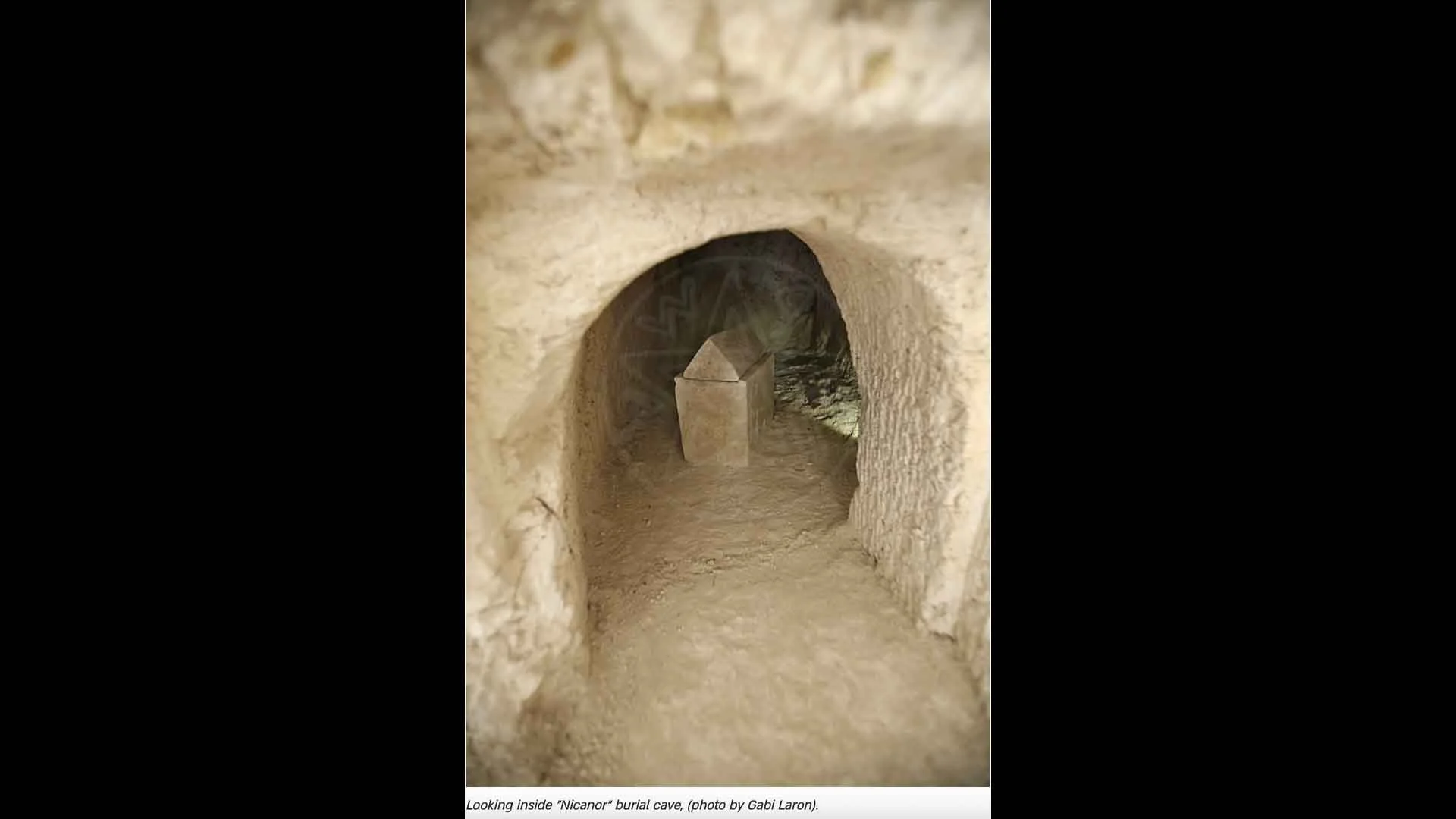For the source text click/tap here: Zevachim 33
To download, click/tap here: PDF
One of the activities that were incumbent on the person who brought a sacrifice was semikha – laying hands on the animal that was to be sacrificed before its slaughter. The Gemara on our daf quotes a tosefta that teaches that tekef le-semikha, sheḥita – that this laying of hands was performed immediately prior to the slaughter of the animal. One exception was the case of a metzora – someone who had recovered from biblical leprosy and was obligated to bring a number of sacrifices to formally put an end to his ordeal. Since his status as someone who was ritually impure did not allow him to enter the Temple courtyard where the slaughter took place, he would perform it in sha’ar Nicanor – the Nicanor gate – at the entrance to the courtyard.
Sha’ar Nicanor served as the main entrance to the Temple courtyard from the outer precincts of the Temple Mount, at the top of a series of steps leading from the ezrat nashim. As our Gemara explains, one of its purposes was to allow someone who needed access to the Temple courtyard to get as close as possible without actually entering it.

